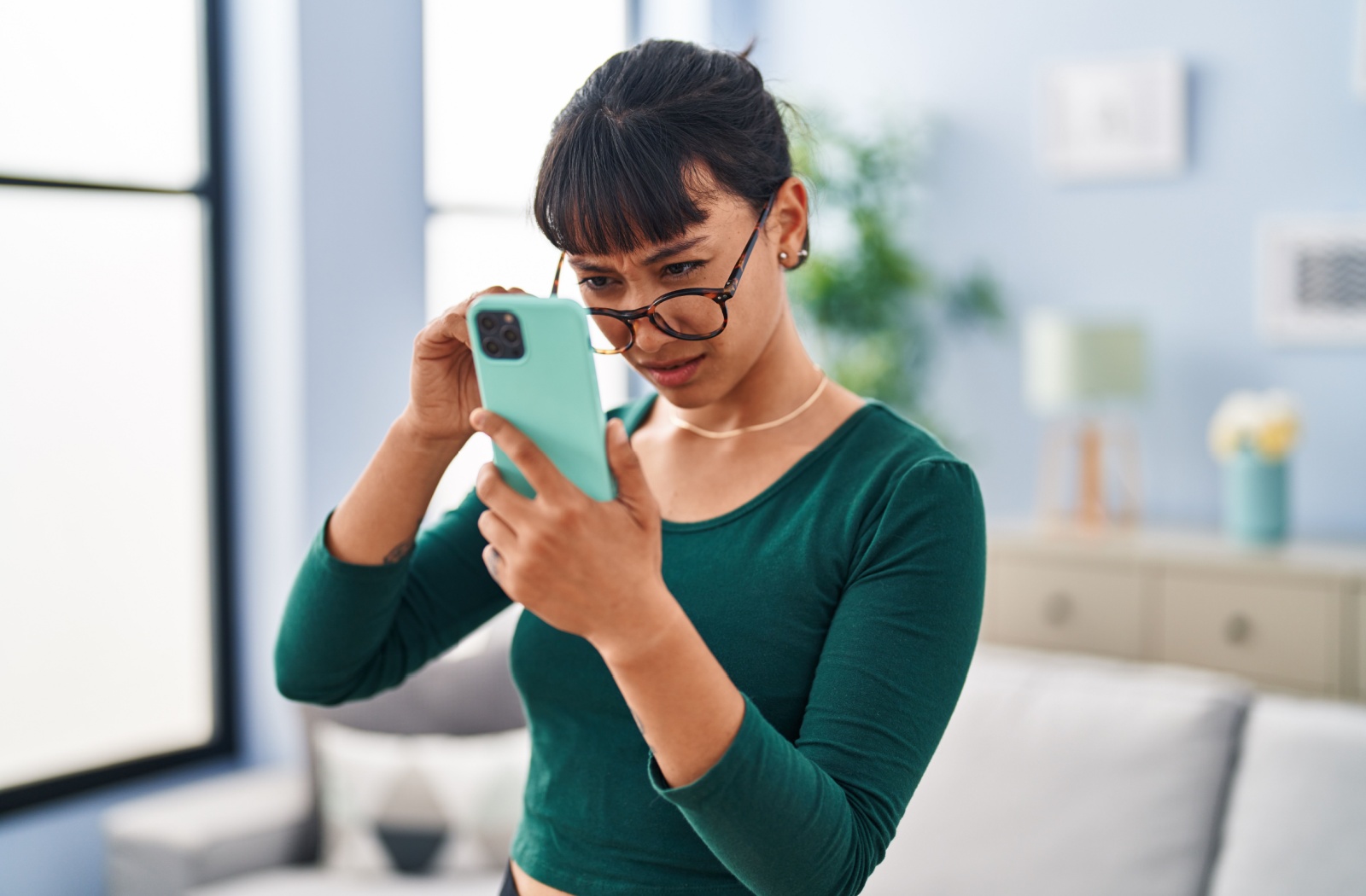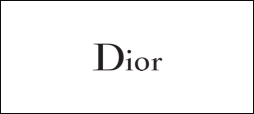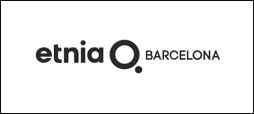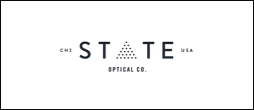Myopia, or nearsightedness, is increasingly common, especially among children and adolescents. This leaves many families concerned about how to protect their vision over time. So, what causes myopia to worsen? The primary reasons include genetics, eye growth during childhood and adolescence, increased screen time and near work, and certain visual or lifestyle habits.
Understanding these factors is key to slowing myopia progression and preserving healthy vision. Early detection and appropriate management are crucial for minimizing long-term risks associated with worsening myopia.
What Is Myopia?
Myopia is a common vision condition in which distant objects appear blurry while close objects remain clear. This happens when the eyeball grows too long or the cornea is too curved, causing light to focus in front of the retina instead of directly on it.
Symptoms typically emerge in childhood and can include difficulty seeing the board at school, frequent squinting, or sitting close to the television. Since the eyes continue to develop through adolescence, myopia often worsens during this time.
Factors That Cause Myopia to Progress
Several elements can contribute to myopia worsening over time, many of which are influenced by both biology and lifestyle.
Genetics
Family history plays a significant role. If one or both parents are nearsighted, their children have a higher chance of developing myopia. Although you can’t change genetics, knowing that there may be an underlying risk can help encourage regular exams.
Screen Time & Near Work
With the rise of digital devices, kids are spending more time focused on close objects such as phones, tablets, and computers. Prolonged near work has been linked to increased myopia progression, possibly raising the risk of myopia by up to 80%.
Poor Visual & Lifestyle Habits
Reading or using screens in poor lighting, not taking breaks during near tasks, and maintaining improper posture can all strain the eyes and contribute to worsening myopia.
How Can You Help Manage Myopia?
While myopia can’t be reversed, managing its progression in children is possible through a combination of lifestyle habits and professional treatments. Encouraging healthy eye habits in your kids can make a big difference:
- Follow the 20-20-20 rule: Every 20 minutes, take a 20-second break to look at something 20 feet away. This helps relax the eye muscles.
- Encourage children to spend 1 to 2 hours outdoors daily, as natural light exposure has been shown to slow myopia progression.
- Maintain adequate lighting when your child is reading or doing homework to reduce eye strain.
- Set reasonable limits on screen time and encourage frequent breaks during digital device use.
Myopia Management Options
If your child’s myopia is progressing, there are several clinical options to consider:
- Multifocal Contact Lenses: These lenses help correct vision while simultaneously managing the factors that cause the eye to elongate. By providing different zones for distance and near focus, multifocal contacts reduce eye strain and slow myopia progression in children.
- Orthokeratology (Ortho-K): These rigid gas-permeable lenses are worn overnight to gently reshape the cornea, allowing clear vision during the day without glasses or contacts. Ortho-K has been shown to slow myopia progression effectively.
- Low-Dose Atropine Eye Drops: Low-dose atropine drops, prescribed by an eye doctor, can slow eye growth and are a noninvasive method of managing myopia.
We’ll work with you to develop a treatment plan tailored to your child’s unique needs and lifestyle.
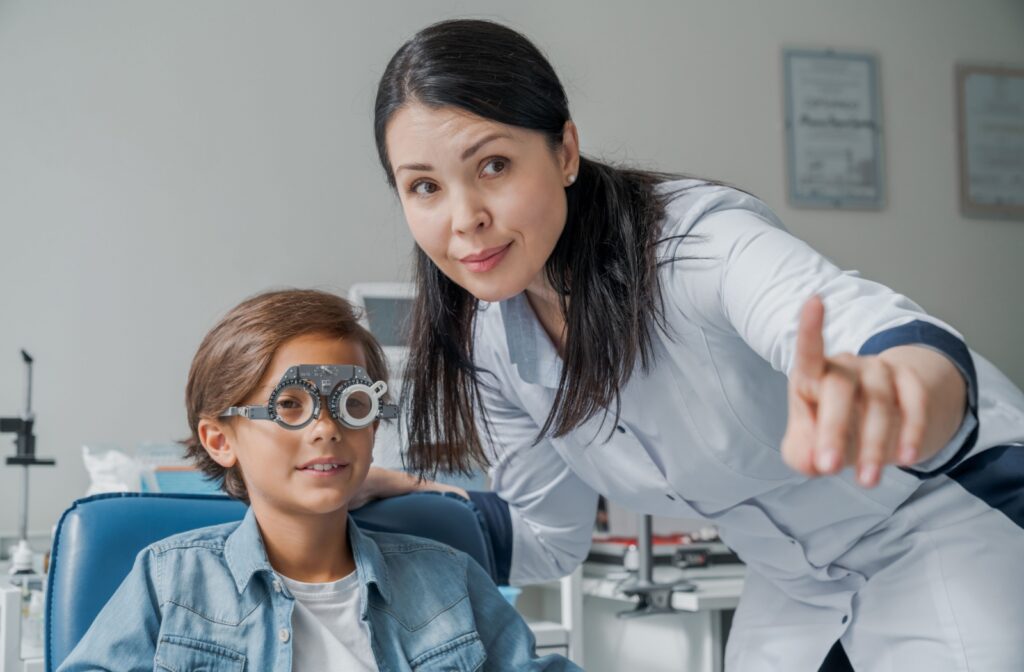
The Importance of Early Intervention
Because myopia tends to worsen most rapidly during childhood and adolescence, early detection and treatment are essential for reducing the risk of developing high myopia and its associated eye health complications.
Regular comprehensive eye exams are vital for monitoring your child’s vision and making timely adjustments to their myopia management plan. According to the American Optometric Association, children should have their first comprehensive eye exam at six months of age, another exam at age three, and then again before starting school at around five or six years old.
After that, annual eye exams are recommended, especially for children diagnosed with myopia or those at higher risk due to family history. These regular visits ensure that any changes in vision are caught early and managed effectively.
Protect Your Child’s Vision Today
Myopia can feel overwhelming, but with the right knowledge and tools, we can slow its progression and protect your child’s vision for years to come. Healthy habits paired with professional management options like multifocal lenses offer hope and practical solutions for families concerned about nearsightedness. If you’re worried about your child’s vision or want to explore myopia management strategies, schedule an appointment with Perspectives Vision Clinic in Minneapolis. Our experienced team is here to help you safeguard your child’s eyesight and provide personalized care tailored to your family’s needs.
